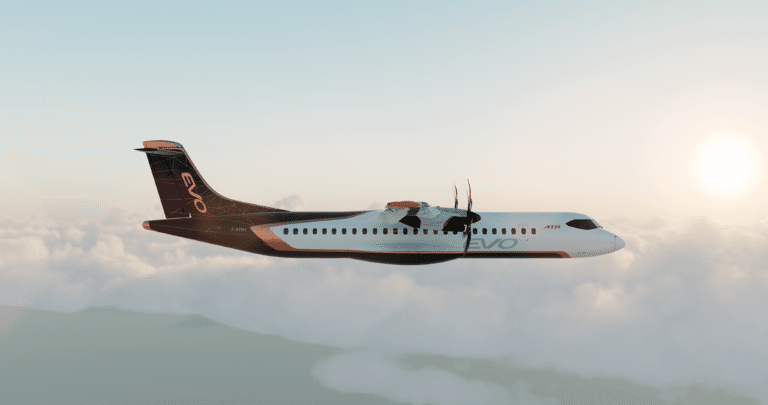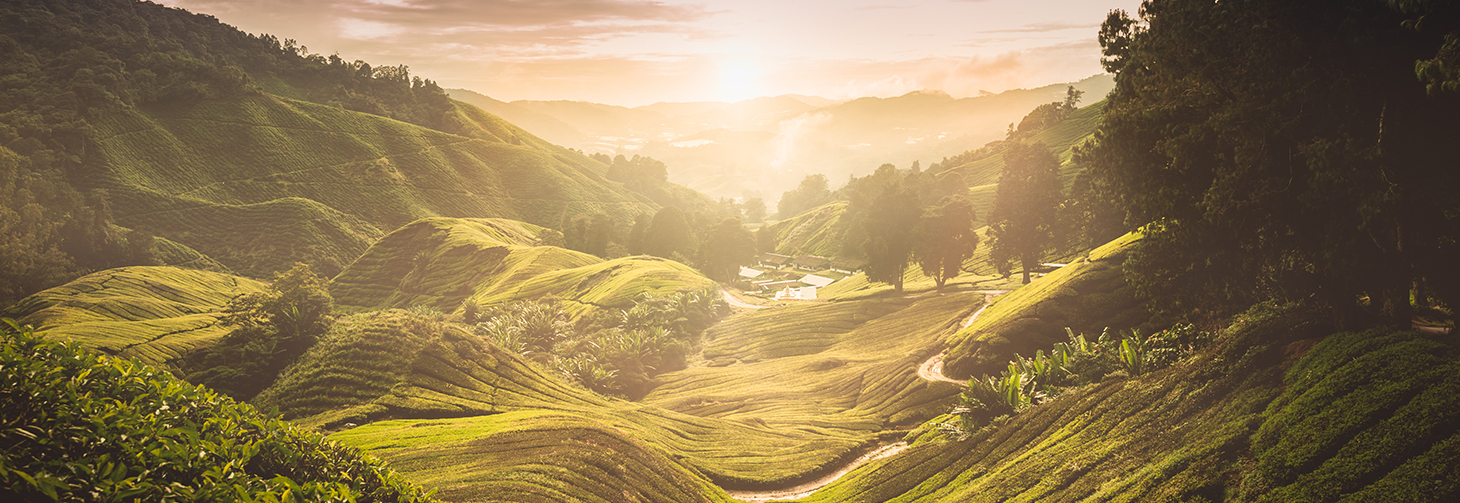Malaysia, land of contrasts
A year ago, the Malaysian hotel group Berjaya Hotels & Resorts purchased two second-hand ATR 42s in order to fly its customers from Kuala Lumpur to its resorts on Redang Island. Fasten your seatbelts: Into Life offers you a virtual voyage of discovery to find out more about Malaysia, a nature sanctuary increasingly popular with tourists.
Malaysia consists of two regions, Peninsular Malaysia, bordered by Thailand to the north and Singapore to the south, and East Malaysia, made up of a host of islands in the Indian Ocean, including the northern part of the island of Borneo, which accounts for 60% of the country’s surface area.
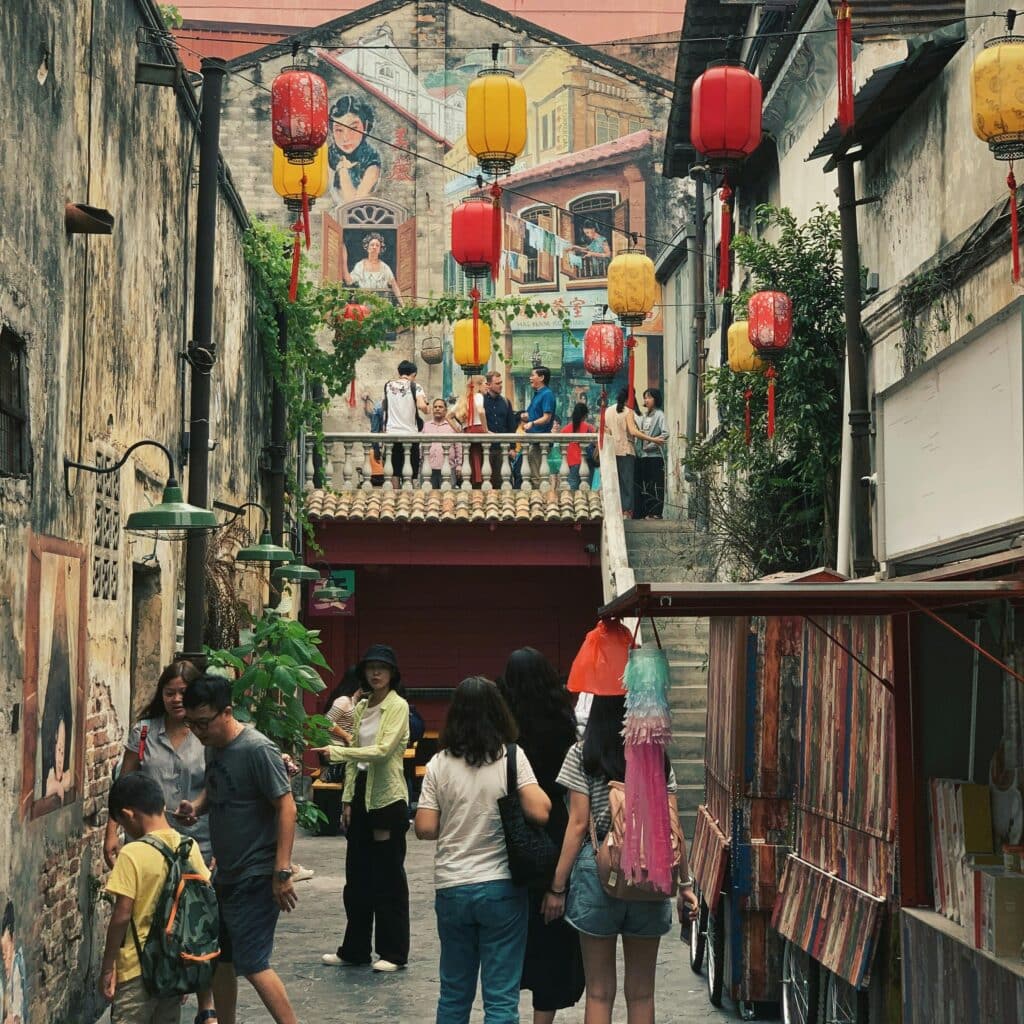
Malaysia is resolutely cosmopolitan, forged by a long colonial history, the traces of which are still present today in its bustling capital city Kuala Lumpur and the old market towns of Georgetown, a former British trading post and the colourful capital of Penang, and Malacca, the former Portuguese colony, both of which are UNESCO world heritage sites. Here, people of Chinese, Indian, Thai, Burmese and Middle Eastern descent live together in harmony. Islam is the state religion, but the country is also home to many Buddhists, Christians and Hindus.
An exceptional natural heritage
A true cultural patchwork, Malaysia is also a land of geographical contrasts: the primary forest – one of the most ancient on the planet, despite the fact it is constantly losing ground – still covers a large part of the country, and the extraordinary beauty of the ocean floor of the east coast islands attracts divers from all over the world. We’ve selected some outstanding natural sites for you, to give you a glimpse of Malaysia’s fabulous natural heritage and an insight into its fragility.
Kinabatangan
A mini-cruise along the Kinabatangan river offers a unique chance to admire the infinite wealth of the jungle’s fauna and flora, which include several endangered species: proboscis monkeys, orangutans, pygmy elephants from Borneo and crocodiles, as well as amazing, rare birds such as the Oriental darter (Anhinga melanogaster), the rhinoceros hornbill and waterfowl.
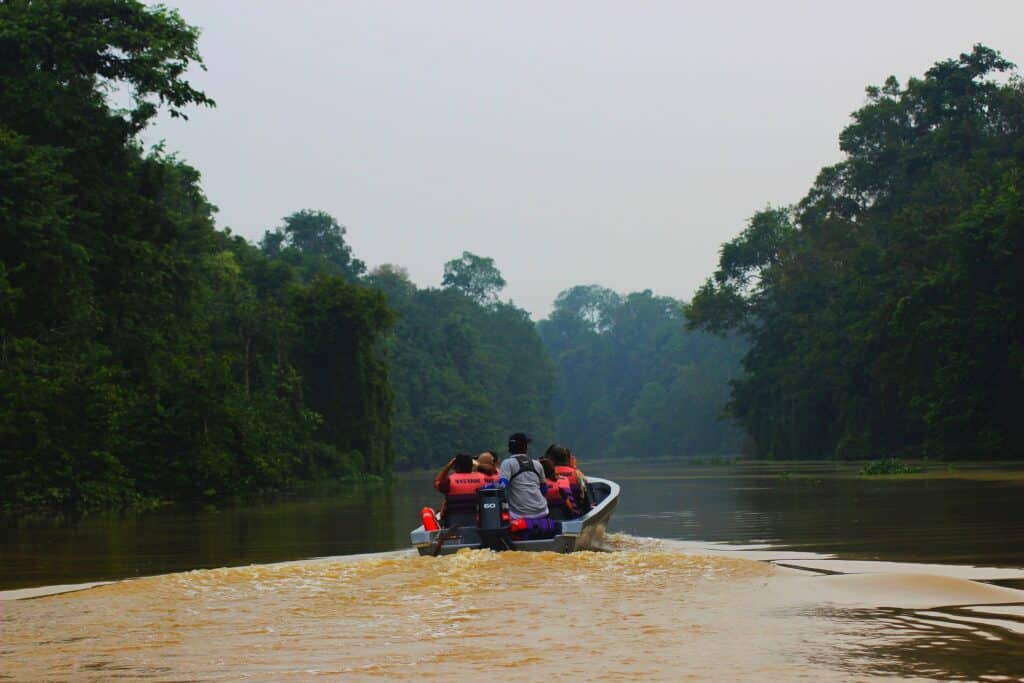
Sepilok Orangutan Rehabilitation Sanctuary
Located on the island, this is the world’s largest sanctuary devoted to this species of great ape, now under threat from deforestation. Its mission is to rescue orangutans previously held in captivity, then release them back into the wild.
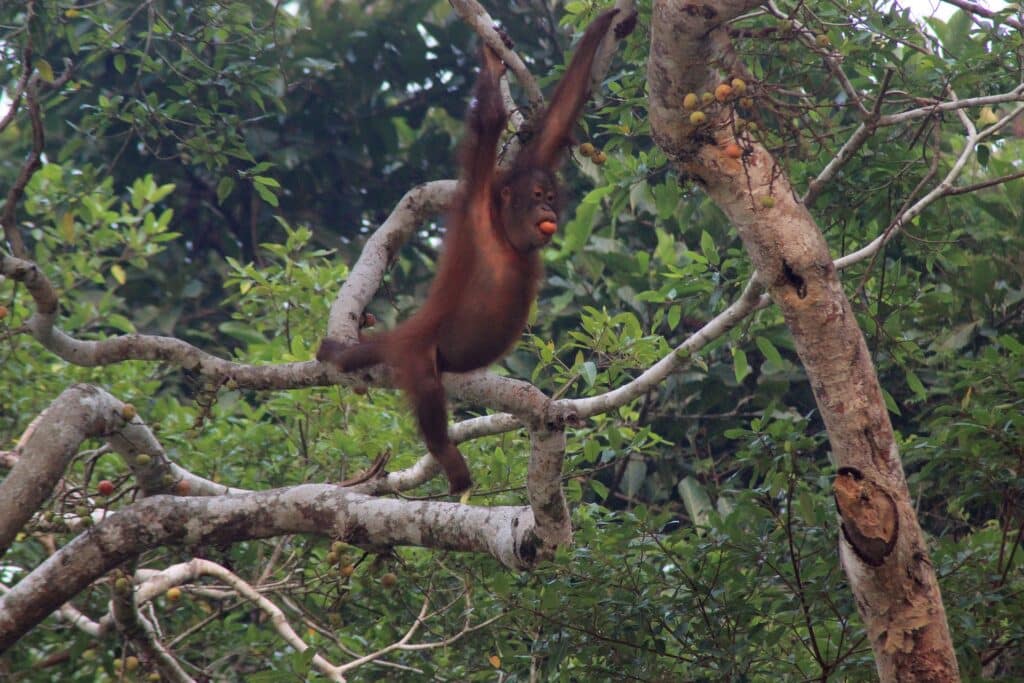
Cameron Highlands
Hiking trails allow visitors to meander through these hills scattered with tea plantations and enjoy the breathtaking landscape dotted with Tudor-style residences.
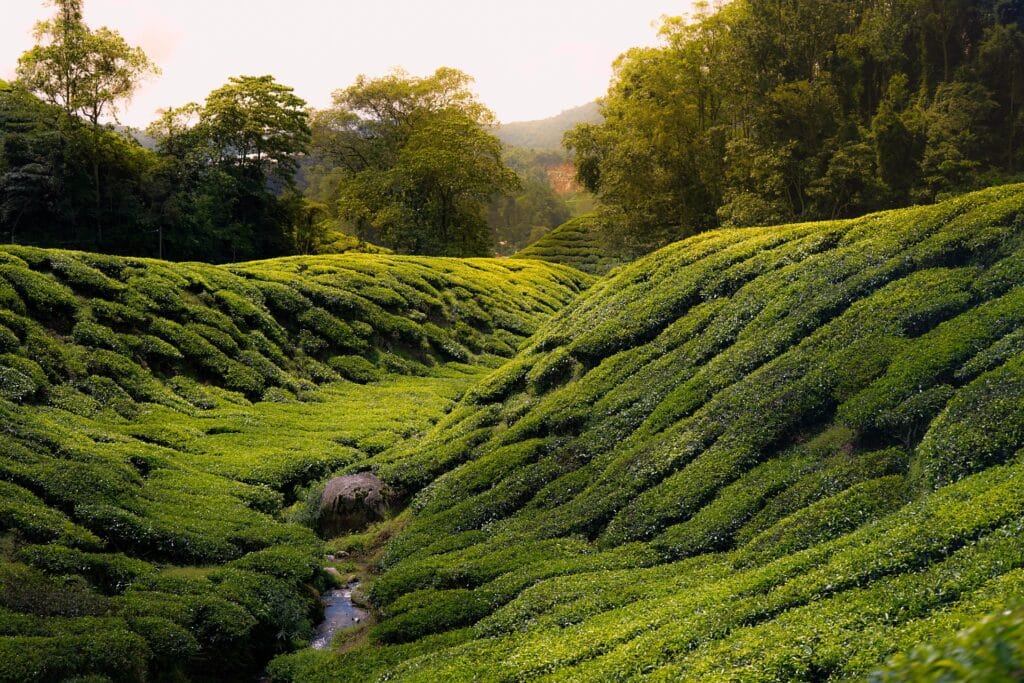
Pulau Sipadan
This small island, lost in the Celebes Sea some 35 km (22 miles) southeast of the coast of Sabah in Borneo, right in the middle of the Indo-Pacific basin, is home to the richest marine biodiversity area in the world. It is hardly surprising that Sipadan is listed as one of the 10 most beautiful dive spots in the world. A victim of its own success, however, the island was closed off to hotel resorts in 2005 in order to protect its natural heritage. Only divers are allowed to spend the day here, under close supervision.
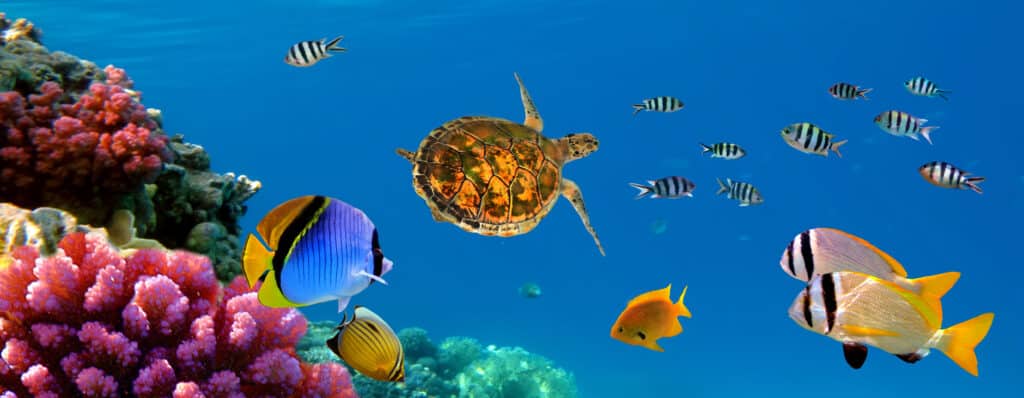
Underwater panorama with turtle, coral reef and fishes. Sharm el Sheikh, Red Sea, Egypt
Gunung Mulu National Park
Its 150 km (93 miles) network of caves, home to thousands of bats, is one of Borneo’s many treasures.
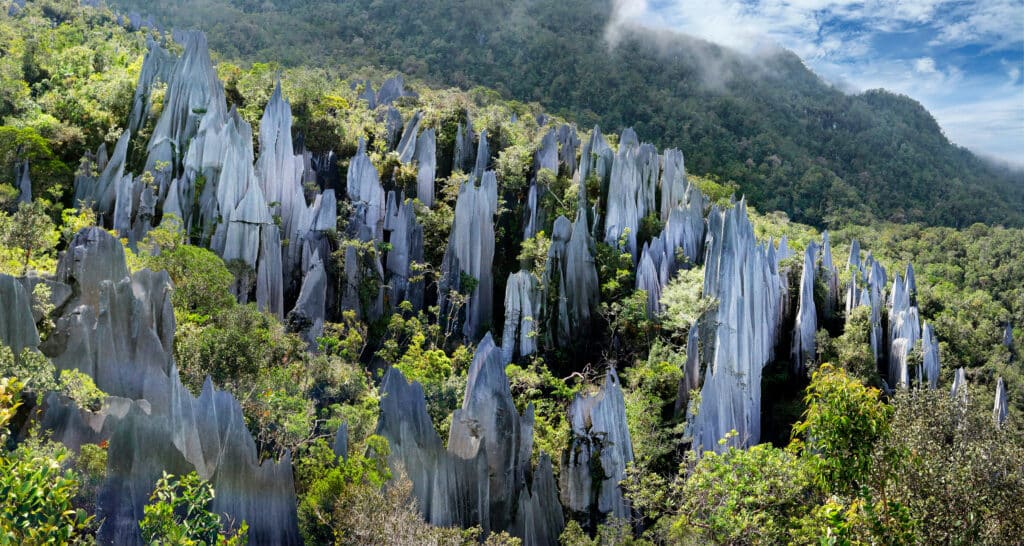
“The runway at Redang Island’s airport is a mere 1,100 metres long, so the ATR 42’s ability to land on short runways is absolutely essential.”
Hanley Chew, CEO, Berjaya Hotels & Resorts
The dual challenge facing Malaysia
Boosted by this exceptional natural heritage, tourism accounts for around 15% of the Malaysian economy and provided 3.4 million jobs in 2017, 23.2% of the country’s total workforce. While the Visit Malaysia 2020 campaign is currently being prepared, the Malaysian Ministry for Tourism and Culture aims to welcome 30 million visitors to the country, compared with 25 million in 2017, or a target increase in tourist numbers of 16% in 3 years! – and earn over 21 billion euros in tourism revenue.
In this context, ATR turboprops have proven to be an excellent driver of economic development. Since they are capable of taking off and landing on short runways, they boost regional air connectivity between the region’s islands – a priority for local authorities. Malaysia’s other major challenge is to succeed in reconciling economic growth and protection of its natural resources. This environmental concern is shared by the Taaras Beach & Spa group and ATR. As a result, the hotel group is committed to protecting Redang Island’s sea turtles, a pledge colourfully expressed on its aircraft’s customised livery. ATR is also playing its part through its unwavering quest to design eco-responsible aircraft: ATRs already consume up to 40% less fuel than traditional jet planes and produce fewer CO2 emissions (again, up to 40% less).






